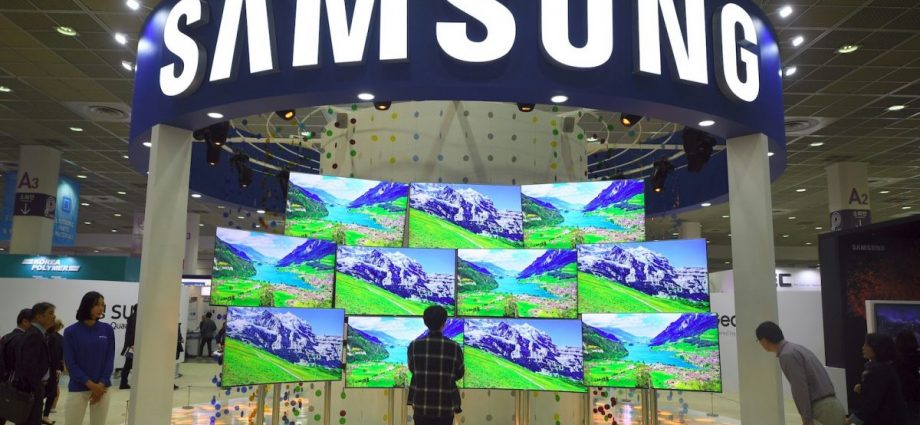
SEOUL – The long, happy times enjoyed by the electronics sector are coming to an end, if a Friday alert published by industry colossus Samsung is any indication.
According to an earnings guidance published today, the company anticipates consolidated sales of approximately 76 trillion won ($53.7 billion) and operating profits of 10.8 trillion ($7.6 billion) from this year’s July-September period.
According to South Korea’s Joongang Ilbo newspaper, the profit figure is far below FnGuide’s market consensus of 11.9 trillion won, and marks a 31.7% decline compared to the third quarter of 2021. The sales figure is up 2.7%, on year, but also falls short of the market expectation of 78.3 trillion won.
It is the company’s first YOY decline in quarterly profits in three years – and would appear to herald a wider slump for the sector as a whole.
Samsung, producing everything from components to branded gadgetry, is the sector’s 800-pound gorilla: It can boast “globe’s top manufacturer” status at both the nose and tail ends of the sector
It is the world’s leading maker of memory chips and the world’s number two player in advanced non-memory. Simultaneously, it was 2021’s top seller of smartphones, and is a major manufacturer of other electronics devices from TVs to PCs. All this makes Samsung a global bellwether for the wider sector.
Analysts quoted in TV reports cited shrinking demand for electronic devices and chips for the downbeat forecast. Those analyses, and the earnings guidance, suggest that the Covid pandemic bonanza is over.
Alongside pharmaceuticals, electronics was a major winner from the pandemic. Amid the “stay at home, play at home” trend, consumers acquired electronic devices for their households, while businesses upgraded data-center capacities with additional chips.
The surprise demand for chips led to a global shortage, boosting prices for chips, and profits for chipmakers.
In the second half of 2022, the cycle looked headed for a downturn. Deloitte, in its 2022 industry outlook, wrote, “We expect shortages and supply chain issues to remain front and center for the first half of the year, hopefully easing by the back half.”
Other data shows the rot setting in during the June-July period. World Semiconductor Trade Statistics found that total sales turned negative in July.
And in a special hit to the gut for South Korea – the world’s largest national producer of memory – DRAM and NAND spot prices have been heading south for most of this year, due to the falling demand for consumer electronics.
In the wake of today’s guidance note, Samsung’s accounted earnings for Q3 are expected to be published on October 27.
Follow this writer on Twitter @ASalmonSeoul

